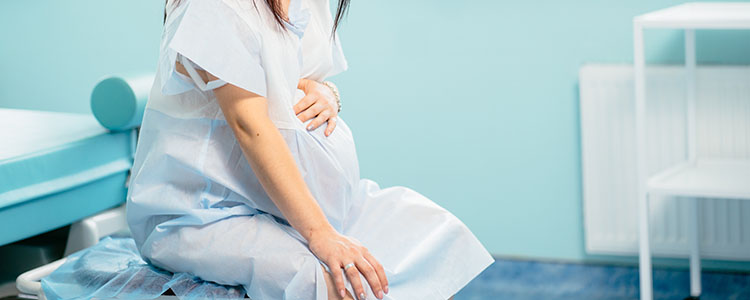

The end goal of all pregnancies, no matter the birthing method, is to have a safe delivery and a happy, healthy baby. Dr Maseko has successfully supported many mothers through childbirth and can provide care and guidance for both vaginal delivery and caesarean section.
A birth plan outlines your desired outcomes for the labour and delivery process. You can also mention your preferred method of pain relief and the delivery positions you believe will be most comfortable.
However, on the day of delivery, things might go differently than you anticipate. Knowing the various childbirth techniques is crucial if things don't go according to your original plan.
The most common type of childbirth is vaginal delivery; if no complications arise, it is typically the simplest.
Vaginal delivery occurs in three stages:
The two stages of labour are early labour and active labour.
You will experience light, erratic contractions in the early stages of labour. Your cervix will dilate and soften due to these contractions, allowing the baby to enter the birth canal. The entire labour process can last anywhere from a few minutes to several hours, and the intensity of these contractions can range from mild discomfort to more intense contractions.
During active labour, your cervix may dilate from 6 centimetres to 10 centimetres. Because of this, you'll experience stronger, more frequent contractions and possible nausea. This stage is also likely when your water breaks.
If you would prefer to have an epidural for the birthing, alert Dr Maseko before your due date or when you are 4-5 centimetres dilated.
When you are fully dilated, you will feel the urge to push. You will receive assistance from your doctor throughout the process. To prevent tearing your vaginal tissues, they will advise you on when to push, how hard to push, and when to slow down.
The goal of vaginal birth is to deliver the baby head first, and once the head emerges through the vaginal canal, the rest of the body should follow quickly. The umbilical cord will now be cut, and your newborn's airway will be opened. Your baby will then be placed on your chest or abdomen for skin-to-skin contact.
The delivery of the placenta can take 30 minutes to an hour. Light contractions will help the placenta descend the birth canal before you give it one final push to deliver it. Your doctor will remove any fragments of the placenta if it is not delivered whole to prevent bleeding and infection.
If you sustained any tears in your vaginal area during birthing, your doctor will stitch the area after administering a local anaesthetic injection.
Commonly known as a C-section, this birth method is a surgical procedure that involves opening up the mother's abdomen and uterus. C-Sections can either be planned or be a sudden decision made by your doctor in the case of an emergency.
Factors that could result in an emergency C-section include the following:
You will receive an epidural to numb the lower half of your body. However, you will still be awake for the procedure. If it is an emergency, you may be put under general anaesthesia because an epidural would take too long to take effect.
An incision is made horizontally across your pelvis during the procedure. Next, a cut is made through the tissue, and the abdominal muscles are separated so the uterus can be accessed. You may feel a slight pulling sensation during the procedure when your baby is lifted out. Finally, the umbilical cord is cut, and your baby will be examined by medical staff.
While your baby is being examined, the surgeon will remove your placenta and stitch everything back together. In addition, you will receive antibiotics to help prevent infection.
After your procedure, you must stay in the hospital for a few days to monitor your recovery.